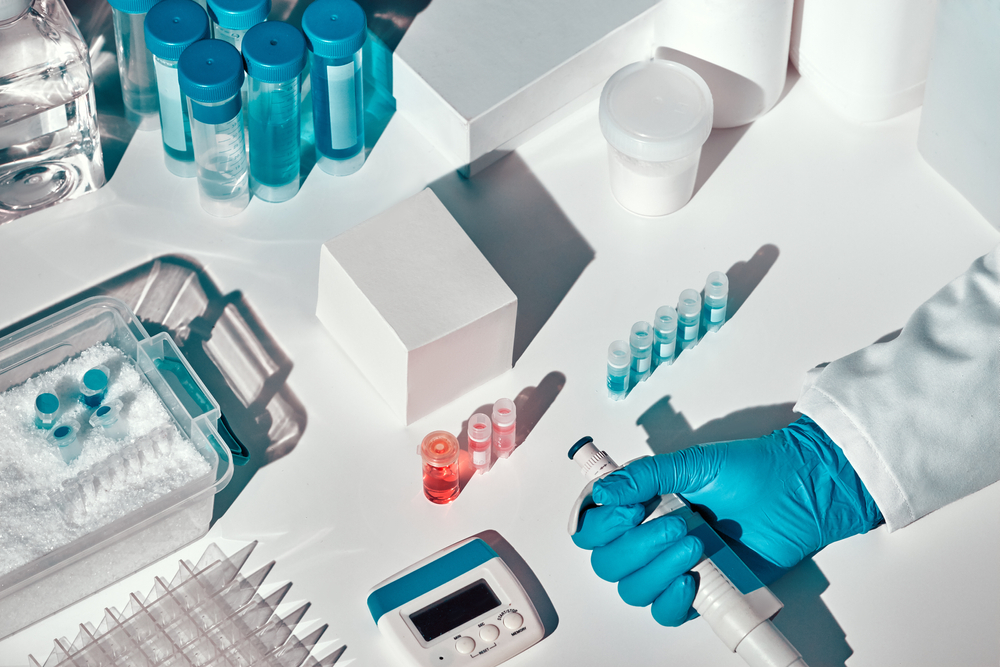When conducting clinical trials in Europe and around the world, accurate and effective IVD translations help mitigate clinical trial delays that stand in the way of device approval. In vitro diagnostic medical devices (IVDs), also called in vitro diagnostic products, are more than just a category of medical device that rely on in vitro diagnostic methods: they require specific regulatory approval by governmental bodies such as the U.S. Food and Drug Administration and the E.U.’s European Medicines Agency (EMA). Yet with new consolidated rules such as the EU Medical Devices Regulation (MDR) and EU In Vitro Diagnostic Medical Devices Regulation (IVDR) going into effect, some manufacturers are concerned that device approval may slow IVD clinical trials. Medical translation of IVD documentation, from clinical trial application (CTA) translations and patient-reported outcome (PRO) translations to software localization and CE marking translations, help IVD manufacturers meet endpoints and go to market in Europe faster.
The IVDR and IVD Translations
Regulation (EU) 2017/746, also known as the EU In Vitro Diagnostic Medical Devices Regulation (IVDR), was first proposed in 2017, and went into effect on May 26, 2022, just under a year ago. Along with Regulation (EU) 2017/745, or the EU Medical Devices Regulation (MDR), these guidelines overhauled the regulatory system to bring much-needed clarity to medical device and IVD manufacturers on gaining approval across the European Union. Importantly, the IVDR and MDR also implemented language requirements for medical devices marketed in the EU, making medical translation in up to 24 languages an important step of the clinical trials and approval process.
Yet as these regulations are going into effect, some IVD manufacturers are finding it difficult to meet deadlines under the new rules. In October 2022, MedTech Europe conducted their second annual survey of IVD manufacturers and found that while 21% of the market is currently approved under IVDR, many bottlenecks to full certification exist. Certification requires extensive communication with the EMA, preparation of documentation, and medical translation into all the languages of the target markets. The EMA is working to lessen these burdens by proposing transitional arrangements, such as those introduced this past month to remove “sell-off” periods for the MDR and IVDR.
IVD Clinical Trials Are Facing Delays
Particularly in clinical trials that use IVDs, regulatory approval requires coordination across not only the IVDR, but also clinical trial-specific regulations such as Regulation (EU) 536/2014. Recently, European trade groups have reported delays of around160 clinical trials due to the IVDR changes, potentially impacting up to 420 trials and over 42,000 patients in the next three years. Working with a certified language services provider that leverages EU regulatory experts to navigate the new changes is crucial to approval of IVDs for clinical trials – and wider marketing approval. IVD translations that are accurate and efficient help IVD manufacturers focus on communication with the EMA, without worrying about translation errors that can delay approval.
Additional Considerations for Clinical Trials
Beyond standard high-quality medical translation, some documents must undergo additional quality measures to meet regulatory guidelines. Clinical outcome assessments (COAs), including patient-reported outcome (PRO) measures, often require linguistic validation, an intensive process that combines forward translation, reconciliation, back translation, harmonization, and cognitive debriefing to ensure that the measure is equal across languages. Whether the clinical trial is conducted in two languages or 24, linguistic validation is required to ensure that patients understand the risks of the trial, and that study data can be compared across study sites and trial languages. Understanding specific guidelines for clinical trial documents, such as linguistic validation, can prevent delays when seeking approval from the EMA for IVD clinical trials.
CSOFT Health Sciences’ Expertise in IVD Translations for Clinical Trials and Beyond
CSOFT Health Sciences’ global team of over 10,000 linguists, regulatory experts, and engineers have the experience and expertise required in providing accurate IVD translations for the best ROI. We are certified in ISO 17100:2015, ISO 9001:2015, and ISO 13485:2016 to ensure our customized solutions meet global regulatory requirements, whether linguistic validation for PRO measures in clinical trials, CE marking application translations, software and website localization, or instructions for use (IFU) translations. Visit lifesciences.csoftintl.com to learn more about our IVD translations.
